Hey there, wine lovers!! Ready to dive into the world of wine tasting? Whether you’re gearing up for your first wine tasting event or simply want to impress friends with your newfound knowledge, understanding common wine tasting terms is a must. Here, we’ll break down ten essential wine tasting terms, what they mean, and how to use them. Let’s make it fun and easy, like chatting with a good friend over a glass of your favourite vino.
1. Body
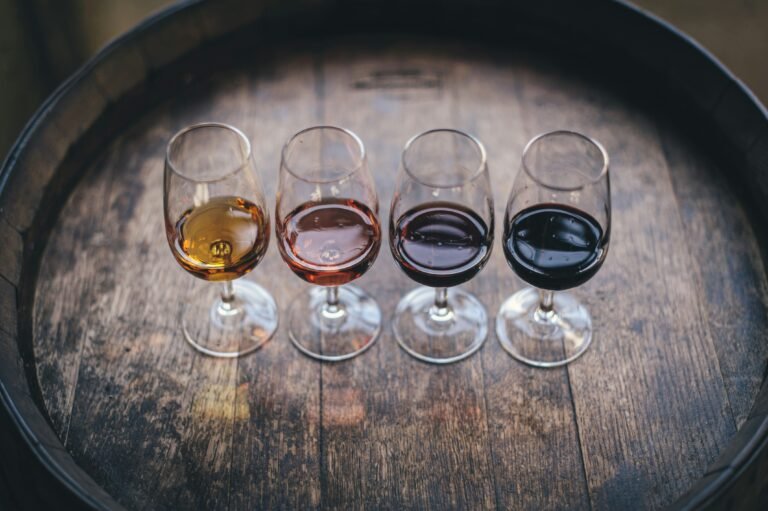
The “body” of a wine refers to its weight and fullness in your mouth. It’s similar to how milk feels: think of the difference between skim milk (light-bodied), whole milk (medium-bodied), and cream (full-bodied).
How to use it?: “This Pinot Noir has a light body, making it perfect for a summer evening.”
Example: Imagine sipping a delicate glass of Pinot Grigio. It feels light and airy, almost like drinking water with a hint of flavour. That’s a light-bodies wine!
2. Tannins
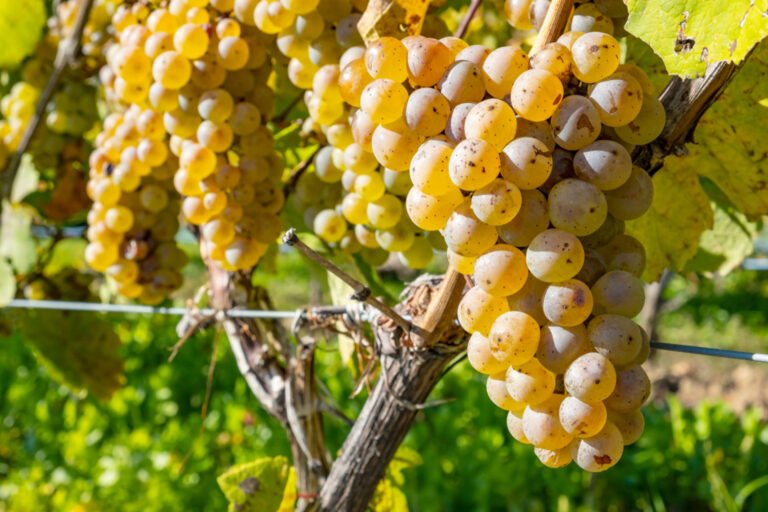
Tannins are naturally occurring compounds found in a grape skins, seeds, and stems. They contribute to the dryness, bitterness, and astringency of wine.
How to use it?: “I love the tannins in this Cabernet Sauvignon; they give it a nice, dry finish.”
Example: When you taste a young red wine and it leaves a dry, puckering sensation in your mouth, those are the tannins at work.
3. Finish
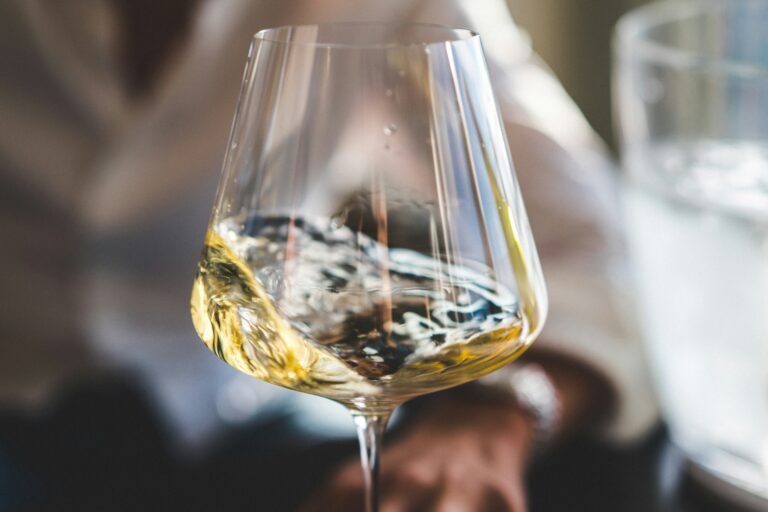
The finish of a wine is the aftertaste that lingers after you’ve taken a sip. It can be short, medium, or long.
How to use it?: “The finish on this Chardonnay is smooth and buttery, lasting well over a minute.”
Example: After enjoying a sip of Merlot, you notice the flavours continue to evolve and linger for a while. That’s a long finish.
4. Aroma
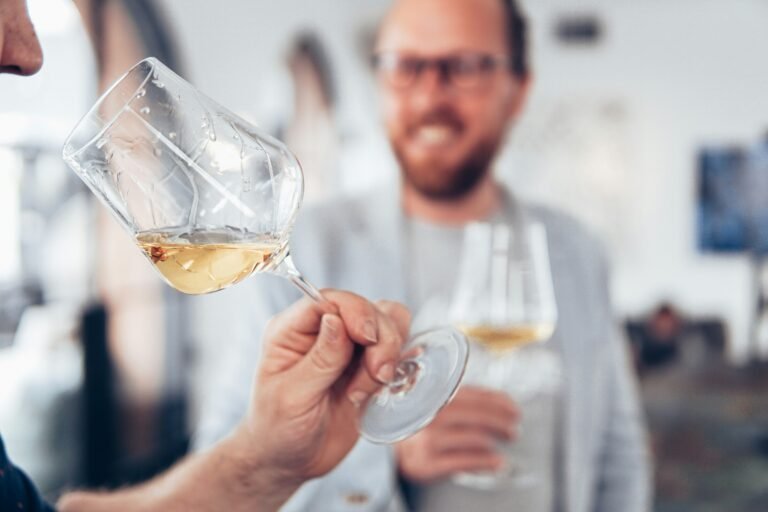
Aroma refers to the scents you can detect in the wine. These are often categorised as primary (from the grapes), secondary (from fermentation), and tertiary (from aging).
How to use it?: “I’m picking up notes of cherry and oak in the aroma of this Zinfandel.”
Example: Swirl your glass of Sauvignon Blanc and take a sniff. The crisp scent of green apple and fresh-cut grass hits your nose. That’s the wine’s aroma.
5. Balance
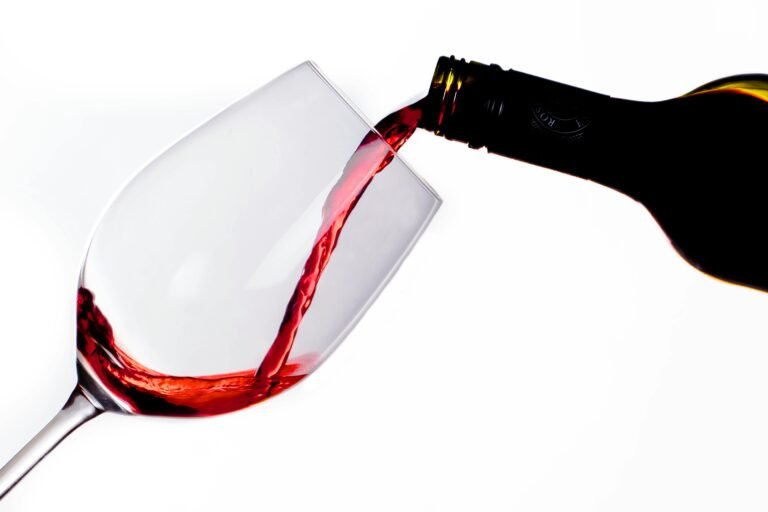
Balance in wine means that all its elements – acidity, sweetness, tannins, alcohol, and fruit – are harmonious and no single component overpowers the others.
How to use it?: “This Syrah is perfectly balanced; the fruitiness, acidity, and tannins all complement each other.”
Example: Imagine drinking a wine where the tartness doesn’t overwhelm the sweetness, and the alcohol doesn’t burn your throat. That’s a well balanced wine.
6. Acidity
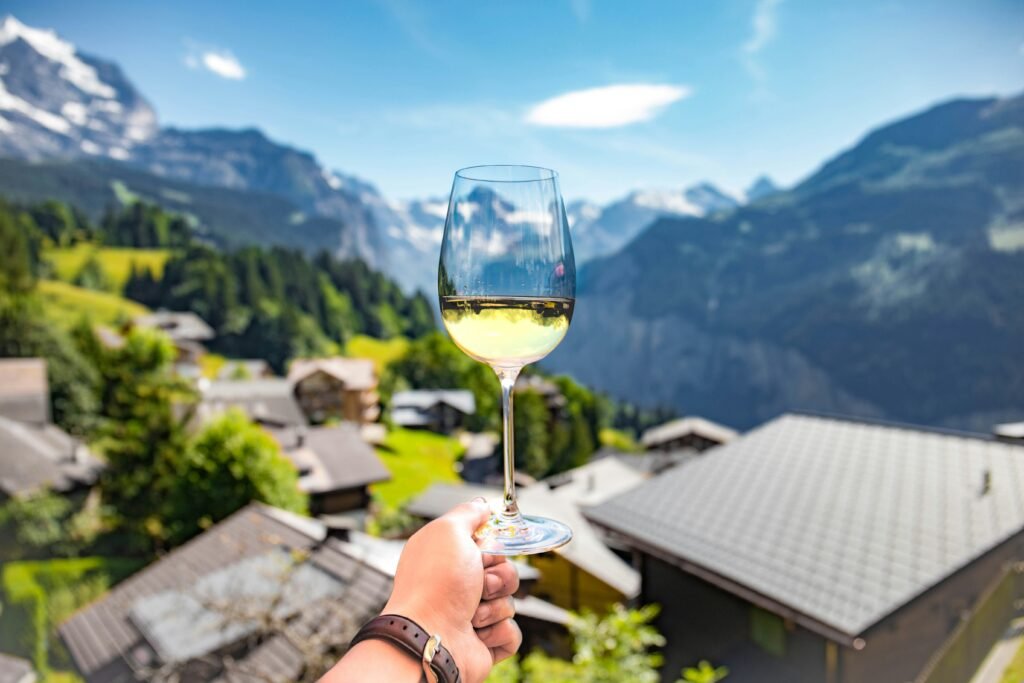
Acidity in wine gives it a refreshing crispness and plays a crucial role in its structure and longevity. It’s what makes your mouth water.
How to use it?: “This Riesling has bright acidity, making it incredibly refreshing.”
Example: Take a sip of a young white wine, and if it makes your mouth water and feel crisp, that’s the acidity shining through.
7. Terroir

Terroir (pronounced “ter-wahr”) refers to the unique combination of soil, climate, and geography that gives a wine its distinct character.
How to use it?: “You can really taste the terroir of Napa Valley in this Cabernet.”
Example: Drinking a wine and noticing flavours that seem tied to a specific place, like the earthy tones of French Bordeaux, is experiencing its terroir.
8. Vintage

Vintage denotes the year the grapes were harvested. It’s significant because weather conditions vary year to year, impacting the taste of the wine.
How to use it?: “This 2015 vintage was an exceptional year for Bordeaux.”
Example: You pick up a bottle of wine from 2012 and remember that year had ideal weather conditions for grape growing, making it a notable vintage.
9. Nose

The “nose” of a wine is essentially its bouquet or aroma. It encompasses all the scents you detect from the wine.
How to use it?: “The nose of this Chianti is rich with dark fruit and a hint of spice.”
Example: Swirl your glass of Malbec and take a deep inhale, picking up complex scents of blackberry and pepper. That’s the nose.
10. Legs
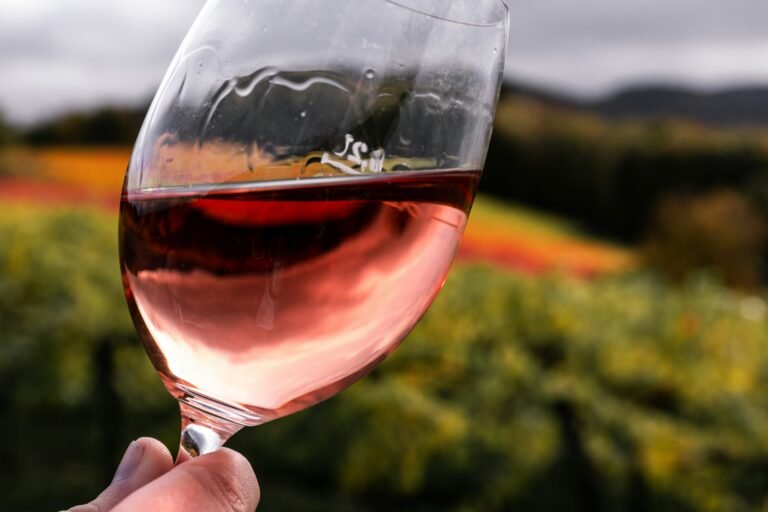
Legs, also known as tears, are the droplets that form on the inside of your wine glass after you swirl it. They can indicate alcohol content and viscosity.
How to use it?: “Look at the legs on this Zinfandel; it’s going to be a rich, high-alcohol wine.”
Example: After swirling your glass of Shiraz, you see slow-moving droplets sliding down the glass. Those are the legs, suggesting a fuller-bodied wine.
And there you have it! Ten essential wine tasting terms to kick start your journey into the delightful world of wine. Remember, the best way to learn is to taste, explore, and most importantly, enjoy. Next time you’re at the wine tasting or enjoying a bottle with friends, you’ll have the lingo to describe what you’re experiencing. Cheers to your new wine-tasting adventures!
